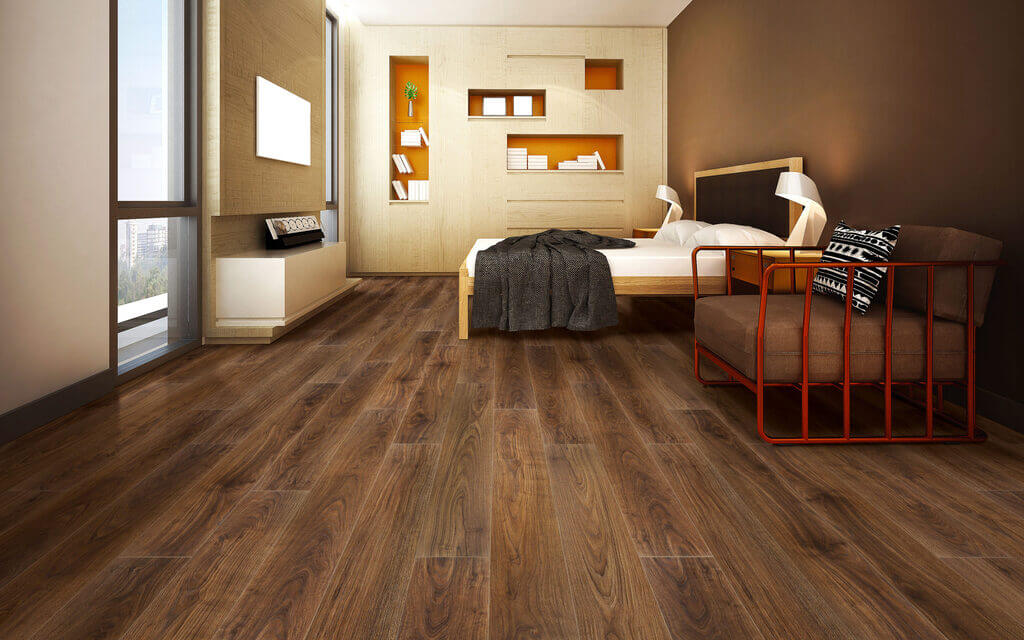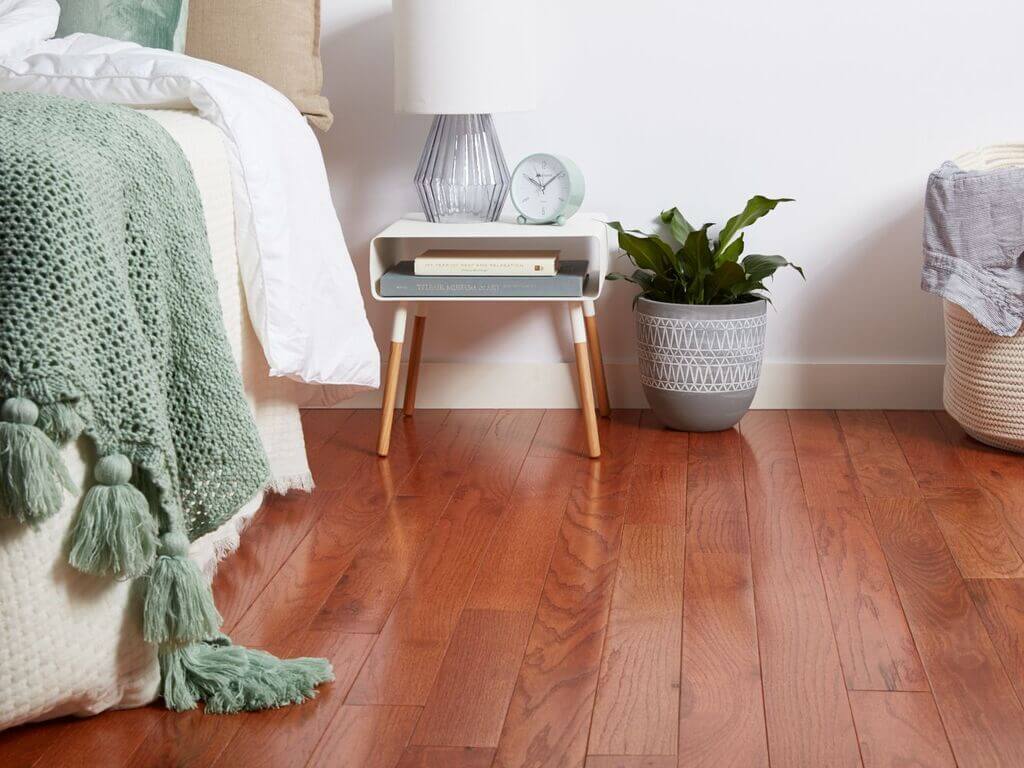Wooden floors are a popular choice in many homes and they have been there for hundreds of years. Of course, they are also very attractive to look at, warm to your feet when walking on them, and incredibly durable. A good wooden floor could outlast you.
However, while there are many benefits and reasons to get wooden floors fitted into your home, you should be aware of their weakness. It’s moisture.
Wood absorbs moisture. In the process, it expands and this can cause it to push against the walls of the room. This takes longer if you have left a gap around the edge of the room like you’re supposed to.
Once the wood pushes against the walls it has nowhere else to go, meaning that it will start to lift upward and warp. This is when you have an issue. A little moisture which dries out is acceptable, the wood expands and contracts. But, once the wood has warped it is no longer any good as a floor and you’ll need to replace it.
The secret is to keep moisture levels as low as possible.
The Role of Underfloor Ventilation

If you speak to the experts they will help you to design the best underfloor ventilation system for your home.
The principle is simple, air carries moisture and the warmer the air the more moisture it can hold. When you have a space under your floor there is room for air. Unfortunately, this air is trapped and will gradually heat up. This will happen thanks to both the outside temperature and the ground temp.
Once it has warmed up it will be filled with moisture. The air is against the underneath of your wood flooring, effectively pushing moisture into it.
Underfloor ventilation sucks or pushes cooler air into the underfloor space. The aim is to push the warmer air out, effectively reducing the moisture content and protecting your floor.
It is worth noting that underfloor ventilation will also reduce the ability of mould to grow. As mould can be dangerous to your health that’s not a good thing. Specifically, mould can be a serious issue for anyone suffering from asthma and allergies.
Installing Ventilation Underfloor

The good news is that you don’t need to rip your floor up in order to add ventilation. Ventilation requires the cutting of two entry/exit points in the building, below floor level. One is the entry point for the air, the other the exit.
You can cut the holes and add vents, hoping that the natural crosswind will blow through under your home and help to keep your wood dry. This can be effective if you get the positions aligned opposite each other and in the right place for the wind.
However, it is often better to fit a vent over one hole and a fan at the other. This approach allows you to control when air is moved through the floor. It also ensures air movement.
Controlling when airflow is done is useful. In the summer the air outside the house can be as hot and humid as the air under it. That’s why it would be best to run the fan overnight when the air is cooler.
In addition, you can make use of cheaper overnight electricity tariffs.
When using a fan you can have the system created to push air into the underfloor space and allow it to escape out the other vent. Or, you can pull air out of the underfloor space and effectively force more air to come in underneath. Both methods are effective. The choice regarding which works best for you depends on you and your installer.
Is It Necessary for All Types of Wooden Flooring

The short answer is yes. It doesn’t matter what type of flooring you have or what climate you live in, ventilating the underfloor space will help to reduce moisture and keep your house healthy lighting.
Wood that is constantly exposed to moisture will slowly start to rot. Over time, the floors will become unsafe and your home can even experience structural issues.
Once you start considering this, the cost of repairing such damage, and the effect on the value of your home, having an underfloor ventilation system fitted isn’t just the logical solution, it’s the most cost-effective one.
Ventilation doesn’t just apply to underfloor spaces. Moisture can build up anywhere that air can be trapped. If the air is in contact with wood then you are at risk of mould and wet rot. It’s essential to maintain airflow around the wood to ensure it remains durable.
Conclusion
Wooden floors dance with beauty, but humidity is their fickle partner. Underfloor ventilation becomes the choreographer, keeping the rhythm of airflow to prevent warping, mold, and structural woes. Invest in the waltz; your floors and health will thank you.
Keep reading:-

